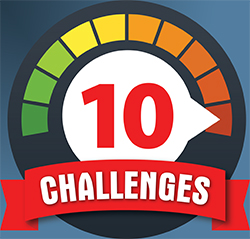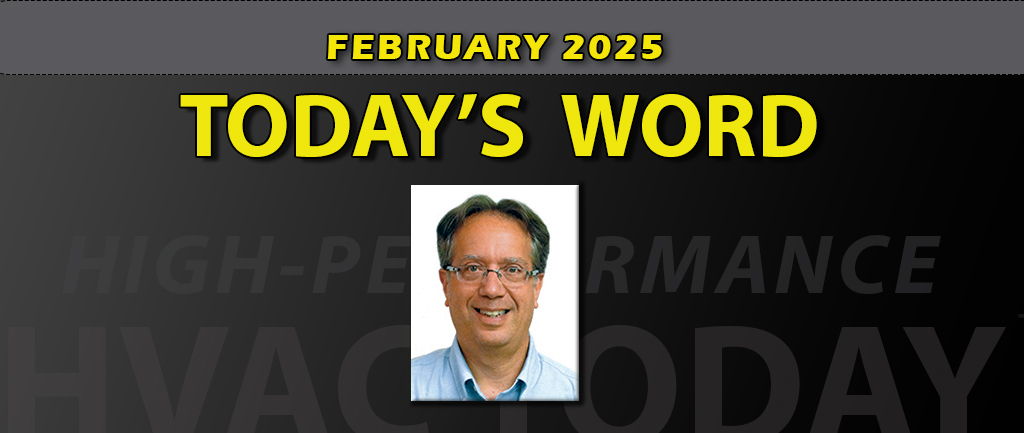As we look ahead to 2025, it’s clear that the HVAC industry is poised for significant changes. Staying ahead of these changes is crucial for commercial HVAC contractors who want to remain competitive and meet the evolving needs of their clients.
So here are the top 10 trends that commercial HVAC contractors should be on the lookout and prepared for in the coming year.

- Sustainable and green technologies are no longer just a trend; in 2025 they are becoming a necessity. The demand for eco-friendly HVAC solutions is increasing as more businesses prioritize sustainability. Forbes magazine did an excellent article on this topic in 2022.
Furthermore, innovations in geothermal systems, solar-powered HVAC, and the integration of renewable energy sources are at the forefront of this movement. Embracing these technologies not only helps the environment but also appeals to eco-conscious commercial building clients and can provide significant energy savings.
For more information on this, read “Sustainable HVAC Systems in Commercial Construction: Balancing Comfort and Energy Efficiency.” - Energy efficiency regulations continue to be an area to watch closely. Governments worldwide are tightening standards to reduce energy consumption and carbon emissions. Staying compliant with these regulations is crucial.
Indeed, commercial contractors in 2025 should be proactive in understanding upcoming changes and ensuring that their systems are as efficient as possible.
Rheem Manufacturing has a U.S. Regulatory Guide which can help both commercial and residential contractors. - The rise of smart HVAC systems and the integration of the Internet of Things (IoT) is transforming the commercial HVAC industry. Smart systems offer improved control, monitoring, and maintenance capabilities. Thus, the ability to predict maintenance needs and optimize performance can lead to significant cost savings and increased system reliability.
- Indoor air quality (IAQ) continues gaining unprecedented attention. Ensuring that indoor environments are healthy and safe is now a top priority for building owners whose tenants demand it. Therefore, contractors should focus on the latest IAQ technologies and best practices, from advanced filtration systems to real-time air quality monitoring.
- Labor Shortage. One of the biggest challenges facing the HVAC industry is the shortage of skilled labor. In order to attract and retain talent, contractors need to invest in training programs, apprenticeships, and partnerships with educational institutions. Developing a pipeline of skilled workers is essential for long-term success.
- Advanced HVAC software solutions, especially those coupled with artificial intelligence engines, are revolutionizing how buildings are managed and how contractors operate. These tools can streamline everything from load calculations and system design to building management and customer relationship management. Embracing these technologies can lead to greater efficiency and improved service delivery.
- The market for retrofitting and upgrading existing systems is growing. Many buildings have outdated HVAC systems that are inefficient and costly to operate. So, retrofitting offers a cost-effective way to improve performance and energy efficiency.
- Supply chain challenges remain in the commercial HVAC arena and are expected to continue. Contractors need to develop strategies to mitigate these challenges, such as diversifying suppliers and maintaining adequate inventory levels.
- Customer expectations are evolving. Clients now expect faster response times and more personalized service. Enhancing service delivery through improved communication, timely updates, and tailored solutions can set contractors apart from the competition.
- Finally, cybersecurity is a growing concern for commercial building owners and managers as HVAC systems become more digitized. Protecting these systems from cyber threats is essential. Contractors should implement robust cybersecurity measures and stay informed about the latest threats and solutions.
This year promises to be one of significant change for the commercial HVAC industry. By staying informed and adaptable, commercial HVAC contractors can navigate these changes successfully and maintain a competitive edge.













Recent Comments